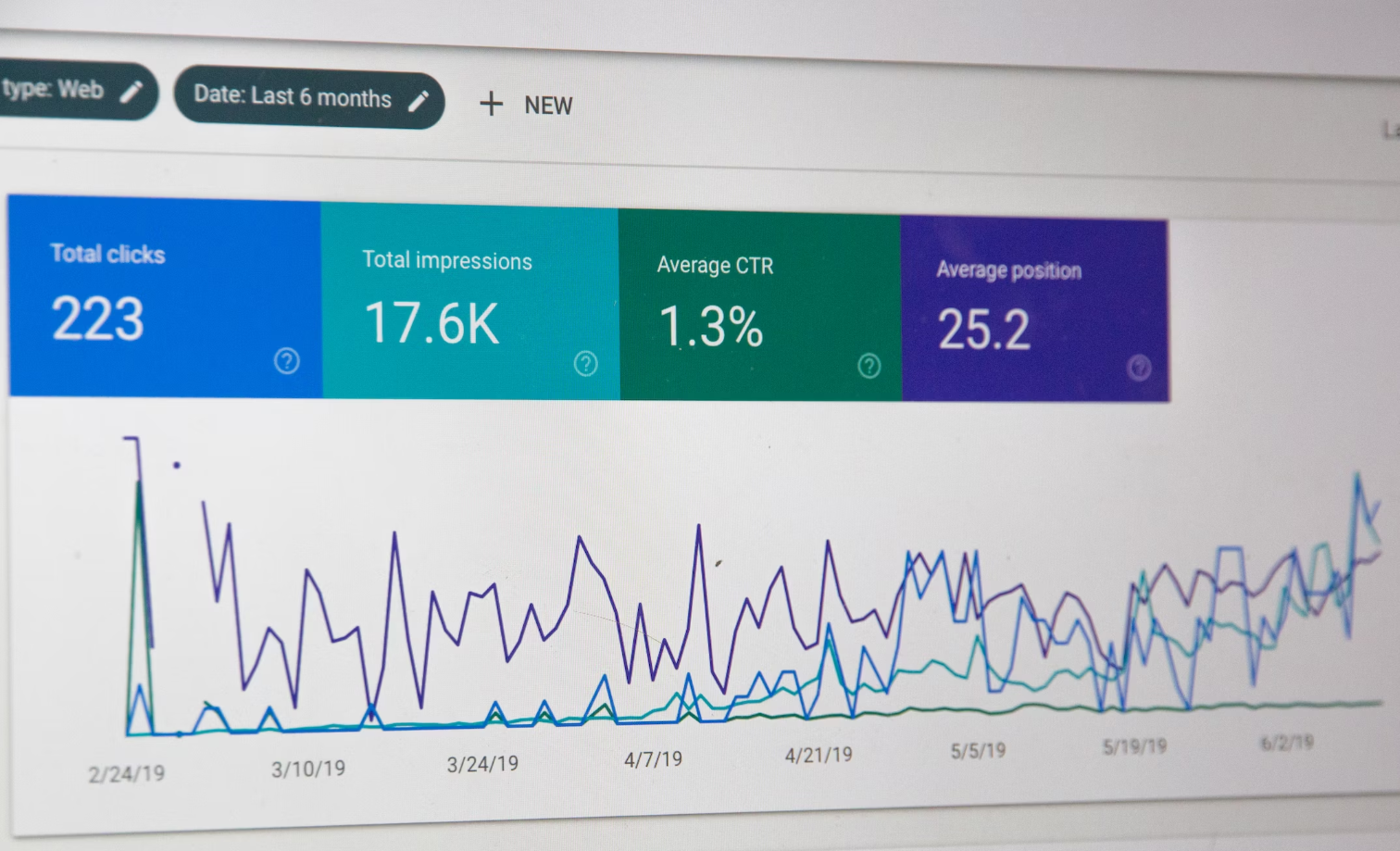What Is On-Page SEO for Educational Blogs and Articles?
n the digital age, educational blogs and articles are crucial for sharing information and giving readers throughout the world insightful information. However, producing interesting and educational information is only one aspect of the puzzle. It’s crucial to comprehend and put on-page SEO (Search Engine Optimization) tactics into practice if you want to make sure that your instructional content reaches the audience it is meant for. We’ll get into on-page SEO in this article and how it may be used to optimize blogs and articles for educational audiences.
What Is On-Page SEO?
On-page SEO refers to the practice of optimizing individual web pages to rank higher in search engine results pages (SERPs) and increase their visibility to users. While off-page SEO focuses on external factors like backlinks and social signals, on-page SEO concentrates on optimizing the content, structure, and elements of a web page. Students who want to learn more about this but are pressed for time because of a rigorous academic schedule can delegate their assignments to experts at Grab My Essay. This company only employs competent people who can provide you with a well-researched, original paper. In this way, students can invest in building their knowledge base while being stress-free.
For educational blogs and articles, on-page SEO is crucial for several reasons:
- Increased Visibility: Effective on-page SEO techniques help your educational content appear in search results when users query relevant keywords. This visibility is vital for attracting an audience interested in your subject.
- Improved User Experience: On-page SEO isn’t just about pleasing search engines; it’s also about enhancing the user experience. A well-structured, easy-to-navigate page with valuable content is more likely to keep visitors engaged.
- Higher Authority: When your educational content ranks higher in search results, it is often perceived as more authoritative and trustworthy, which can lead to increased readership and recognition in your niche.
Now, let’s dive into the specific on-page SEO strategies, SEO skills and practices tailored to educational blogs and articles:
1. Keyword Research and Optimization
Keyword research is the foundation of on-page SEO. Identify relevant keywords and phrases your target audience will likely search for when looking for educational content. Use tools like Google Keyword Planner or SEMrush to discover high-traffic, low-competition keywords.
Once you have your keywords, incorporate them naturally into your content. Place them in the title, headings, subheadings, and throughout the body of the article. However, avoid keyword stuffing, which can harm your rankings and readability.
2. High-Quality Content
Educational blogs and articles should provide valuable, well-researched, and accurate information. Google’s algorithms prioritize content that is authoritative and trustworthy. Write in-depth, informative pieces that answer questions and solve problems for your audience.
Long-form content tends to perform well in educational niches, as it allows you to thoroughly explore a topic. However, always prioritize quality over quantity.
3. Engaging Headlines and Meta Descriptions
Craft compelling headlines that capture the essence of your article and entice readers to click. Your headline should include your target keyword whenever possible. Additionally, write a concise and engaging meta description summarizing the content and including relevant keywords.
4. Proper URL Structure
Ensure your URLs are clean, concise, and contain your target keyword if applicable. For example, if your article is about “Effective Study Techniques,” your URL could be something like “yoursite.com/effective-study-techniques.”
5. Optimized Images and Multimedia
Educational content often benefits from the inclusion of images, infographics, videos, and other multimedia elements. When using these, make sure to optimize them for SEO. Use descriptive filenames and alt text for images, and include relevant keywords when applicable.
6. Internal Linking
Link to other relevant articles or pages on your website within your educational content. Internal linking enhances the user experience and helps search engines understand the structure and hierarchy of your site. Be strategic with your internal links, guiding readers to related topics and resources.
7. Mobile Optimization
With the increasing use of mobile devices, ensuring that your educational blogs and articles are mobile-friendly is crucial. Use responsive design, optimize images for mobile, and prioritize a user-friendly mobile experience.
8. Page Speed
Fast-loading pages are essential for both user experience and SEO. Compress images, use browser caching, and minimize unnecessary scripts to improve your page’s loading speed. Google’s PageSpeed Insights can help you identify areas for improvement.
9. Social Sharing Buttons
Encourage social sharing by including share buttons on your educational articles. Sharing your content on social media can drive more traffic and improve your online presence.
Concluding Thoughts
In conclusion, using on-page SEO effectively is essential for producing great instructional blogs and content. You may improve your content’s visibility, optimize it for search engines, and ultimately reach a larger audience that is thirsty for knowledge by employing these tactics and ideas. Keep in mind that while SEO is important, your instructional content’s relevancy and quality should always come first. The secret to success in the cutthroat world of educational blogging and article writing is to strike a balance between instructive, compelling material and efficient on-page SEO tactics.




